Home>Furniture & Design>Interior Design Trends>How Hot Can Glass Get
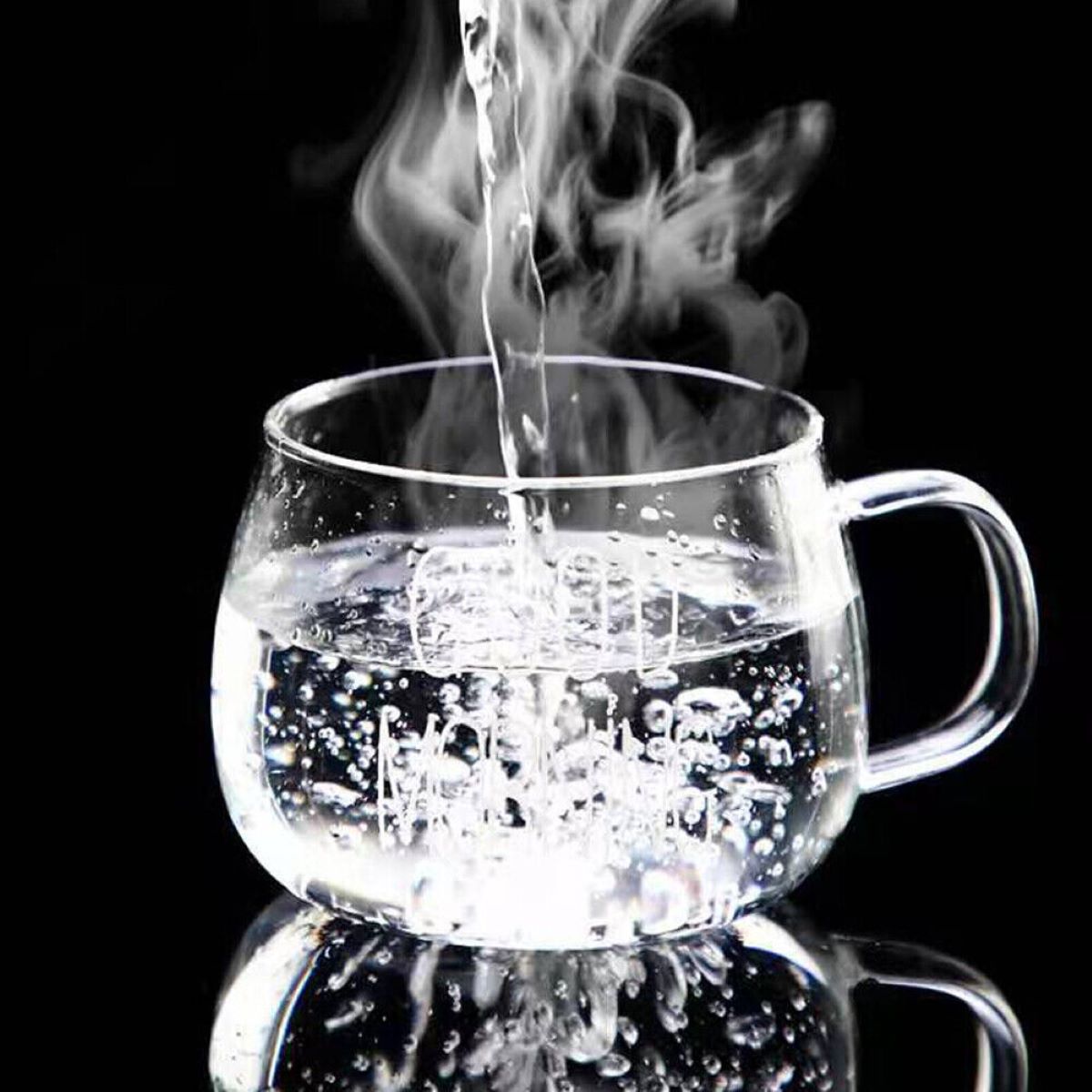

Interior Design Trends
How Hot Can Glass Get
Modified: April 21, 2024
Discover the latest interior design trends with insights on how hot glass can get. Explore innovative ideas for your space today!
(Many of the links in this article redirect to a specific reviewed product. Your purchase of these products through affiliate links helps to generate commission for Storables.com, at no extra cost. Learn more)
Introduction
Glass is a versatile and ubiquitous material that has been used for centuries in various applications, from windows and tableware to high-tech electronics and architectural marvels. Its unique properties, such as transparency, durability, and thermal resistance, make it an indispensable component in modern design and construction.
Understanding the behavior of glass under different temperature conditions is crucial for ensuring its safe and effective use. Whether it's the glass panels of a skyscraper reflecting the city skyline or the heat-resistant glassware in a professional kitchen, the ability of glass to withstand high temperatures is a critical factor in its performance.
In this article, we will delve into the fascinating world of glass and explore its behavior when exposed to heat. We will examine the properties of glass, including its composition and structure, and how these factors influence its ability to withstand elevated temperatures. Additionally, we will investigate the melting point of glass and the various factors that can affect its temperature resistance. Furthermore, we will explore the practical applications of heat-resistant glass in different industries and discuss the maximum temperatures that glass can withstand in these scenarios.
By gaining a deeper understanding of how hot glass can get and the factors that influence its temperature resistance, we can appreciate the remarkable versatility and durability of this remarkable material. So, let's embark on this journey to unravel the mysteries of glass and its remarkable ability to withstand heat.
Key Takeaways:
- Glass is a versatile material with properties like transparency, durability, and thermal resistance. It can withstand high temperatures, making it essential in architecture, industry, and scientific research.
- Factors like chemical composition, thermal treatments, and environmental conditions influence glass’s ability to withstand high temperatures. From architectural glazing to aerospace components, glass proves its resilience in diverse thermal environments.
Read more: How Hot Can A Toaster Oven Get
The Properties of Glass
Glass is a remarkable material with a diverse range of properties that make it indispensable in numerous applications. Its unique combination of transparency, hardness, and thermal resistance sets it apart from other materials, making it a popular choice in architecture, interior design, and industrial settings.
Transparency and Clarity
One of the most distinctive properties of glass is its transparency, allowing light to pass through and providing a clear view of the surroundings. This property makes it an ideal choice for windows, display cases, and eyewear, enhancing visibility and aesthetics in various settings.
Hardness and Durability
While glass may appear delicate, it possesses impressive hardness and durability. Its resistance to scratching and abrasion makes it suitable for tabletops, countertops, and decorative surfaces. Additionally, tempered and laminated glass variants offer enhanced strength and safety, making them suitable for architectural features and automotive applications.
Thermal Resistance
Glass exhibits remarkable thermal resistance, enabling it to withstand high temperatures without deforming or losing its structural integrity. This property is crucial in applications such as oven doors, laboratory equipment, and industrial machinery, where exposure to heat is inevitable.
Read more: How Hot Can Electrical Wire Get
Chemical Inertness
Glass is chemically inert, meaning it does not react with most substances. This property makes it an excellent choice for laboratory glassware, chemical storage containers, and food packaging, as it does not contaminate the contents or alter their properties.
Electrical Insulation
Certain types of glass, such as borosilicate glass, exhibit excellent electrical insulation properties. This makes them valuable in electrical and electronic applications, including insulators, circuit substrates, and high-voltage equipment.
Sound Insulation
Glass can also provide effective sound insulation, reducing noise transmission and enhancing acoustic comfort in buildings and vehicles. Laminated glass, in particular, is used to create soundproof windows and partitions, contributing to a quieter and more peaceful environment.
In summary, the properties of glass, including transparency, hardness, thermal resistance, chemical inertness, electrical insulation, and sound insulation, make it a versatile and valuable material in a wide range of applications. Its ability to withstand heat and maintain its integrity under challenging conditions underscores its significance in modern design and manufacturing.
The Melting Point of Glass
Glass, a solid yet non-crystalline material, undergoes a unique transition when exposed to high temperatures. Unlike crystalline solids, which have distinct melting points, the behavior of glass at elevated temperatures is more complex. The melting point of glass is not a single temperature but rather a range within which it transforms from a solid to a viscous state.
The melting process of glass is characterized by softening and gradual flow rather than a sharp transition from solid to liquid. This phenomenon is known as "glass transition," and it occurs over a broad temperature range. The exact temperature at which glass begins to soften and flow varies depending on its composition, structure, and the specific type of glass.
In general, the melting point of most common glasses falls within the range of 1400°C to 1600°C (2552°F to 2912°F). However, this range can be significantly influenced by the chemical composition of the glass, with certain additives and impurities altering its thermal behavior. For example, borosilicate glass, renowned for its exceptional thermal shock resistance and low coefficient of thermal expansion, has a higher melting point compared to soda-lime glass commonly used in household glassware.
The gradual softening and flow of glass at high temperatures are attributed to the random arrangement of its atoms and the absence of a well-defined crystal structure. As the temperature increases, the atomic structure of the glass begins to exhibit characteristics of a supercooled liquid, leading to a gradual loss of rigidity and an increase in viscosity.
Understanding the melting point of glass is crucial for various industrial processes, including glassblowing, glass forming, and the production of specialty glass products. By carefully controlling the temperature and viscosity of the molten glass, artisans and manufacturers can create intricate glass artworks, precision optical components, and high-performance glass products tailored to specific applications.
In summary, the melting point of glass is not a fixed temperature but rather a range within which it undergoes a gradual transition from a solid to a viscous state. This unique behavior, influenced by the composition and structure of the glass, underscores the remarkable versatility and adaptability of this extraordinary material in diverse industrial and artistic endeavors.
Read more: How Hot Can A Weber Kettle Get
Factors Affecting the Temperature Resistance of Glass
The temperature resistance of glass is influenced by a myriad of factors, each playing a crucial role in determining how well glass can withstand high temperatures without losing its structural integrity or undergoing undesirable changes. Understanding these factors is essential for designing and utilizing glass in various applications where thermal stress is a concern.
1. Chemical Composition
The chemical composition of glass is a primary determinant of its temperature resistance. Different types of glass, such as soda-lime glass, borosilicate glass, and quartz glass, exhibit varying degrees of thermal stability due to the presence of specific additives and impurities. For instance, borosilicate glass, containing boron trioxide, demonstrates exceptional resistance to thermal shock and can withstand rapid temperature differentials, making it suitable for laboratory glassware and high-temperature applications.
2. Annealing and Tempering
The manufacturing processes of annealing and tempering play a significant role in enhancing the temperature resistance of glass. Annealing involves controlled cooling to relieve internal stresses and improve the overall thermal stability of the glass. Tempering, on the other hand, creates a state of high surface compression and edge strength, enhancing the glass's ability to withstand thermal fluctuations without shattering. These processes are commonly employed to increase the temperature resistance of architectural glass, automotive glass, and safety glass products.
3. Thermal Expansion Coefficient
The coefficient of thermal expansion (CTE) of glass, which measures the change in volume with temperature, directly impacts its ability to resist thermal stress. Glass with a low CTE is less prone to cracking or shattering when exposed to rapid temperature changes, as it experiences minimal expansion or contraction. Borosilicate glass, known for its low CTE, is favored in applications where thermal shock resistance is critical, such as laboratory equipment and high-temperature lighting.
Read more: How Hot Can Stove Top Get
4. Surface Treatments and Coatings
Surface treatments and coatings can significantly enhance the temperature resistance of glass by providing an additional barrier against thermal stress. Heat-reflective coatings, for example, reduce the transfer of heat through the glass, minimizing temperature differentials and improving overall thermal performance. Additionally, chemical strengthening processes, such as ion exchange, create a compressive layer on the glass surface, increasing its resistance to thermal and mechanical stress.
5. Structural Design and Support
The structural design and support systems surrounding the glass installation also impact its temperature resistance. Properly engineered support structures and expansion joints can mitigate the effects of thermal expansion and contraction, reducing the risk of glass breakage due to thermal stress. In architectural applications, the design of curtain walls, windows, and glass facades considers thermal movements to ensure the long-term performance of the glass components.
By considering these factors and implementing appropriate measures, designers, engineers, and manufacturers can optimize the temperature resistance of glass for diverse applications, ranging from consumer products to industrial and architectural uses. The interplay of chemical composition, manufacturing processes, material properties, and structural considerations underscores the multidimensional nature of glass temperature resistance and the importance of a holistic approach to its utilization in high-temperature environments.
How Hot Can Glass Get in Different Applications
Glass, renowned for its remarkable thermal resistance and versatility, is utilized in a diverse array of applications where exposure to high temperatures is a common occurrence. Understanding the maximum temperatures that glass can withstand in various settings is crucial for ensuring its safe and effective use. Let's explore how hot glass can get in different applications and the critical role it plays in these scenarios.
Architectural Glazing and Facades
In architectural applications, glass panels and facades are subjected to a wide range of temperature fluctuations, from intense sunlight to rapid cooling during inclement weather. The maximum temperature that architectural glass can withstand depends on factors such as solar exposure, building orientation, and the type of glass used. Heat-strengthened and tempered glass, commonly employed in building facades, can withstand temperatures exceeding 200°C (392°F) without compromising their structural integrity. Additionally, heat-resistant coatings and laminated glass configurations further enhance the thermal performance of architectural glazing systems, allowing them to endure extreme climatic conditions.
Read more: How Hot Can An Attic Get In The Summer
Laboratory and Scientific Equipment
Glassware and scientific equipment used in laboratories and research facilities are often exposed to high temperatures during experiments and analytical procedures. Borosilicate glass, renowned for its exceptional thermal shock resistance, can withstand temperatures exceeding 500°C (932°F) without undergoing significant deformation or breakage. This makes it suitable for applications involving direct flame exposure, such as Bunsen burners and laboratory glassware used in chemical synthesis and analysis. The ability of borosilicate glass to withstand such high temperatures ensures the safety and reliability of laboratory processes, making it an indispensable material in scientific research and experimentation.
Industrial Furnaces and Heat-Resistant Windows
In industrial settings, glass is utilized in furnaces, kilns, and high-temperature processing equipment where it is exposed to extreme heat and thermal cycling. Specialty glasses, such as fused silica and alumina silicate glass, can withstand temperatures ranging from 1000°C to 1700°C (1832°F to 3092°F), making them suitable for use in industrial furnaces, observation windows, and high-temperature sensors. These heat-resistant glasses play a critical role in enabling visual inspection and monitoring of industrial processes at elevated temperatures, contributing to operational safety and efficiency in high-temperature environments.
Automotive and Aerospace Applications
Glass components in automotive and aerospace applications are exposed to a wide range of thermal conditions, including solar radiation, engine heat, and aerodynamic heating during high-speed flight. The maximum temperature that automotive and aerospace glass can withstand varies depending on the specific application and the type of glass used. For example, tempered safety glass used in vehicle windows can endure temperatures exceeding 200°C (392°F) without compromising passenger safety, while specialty glasses employed in aerospace windows and cockpit displays are designed to withstand even higher temperatures associated with supersonic flight and reentry into the Earth's atmosphere.
In summary, the maximum temperatures that glass can withstand in different applications are influenced by the type of glass, its thermal treatment, and the specific environmental conditions to which it is exposed. From architectural glazing to laboratory equipment, industrial furnaces, and aerospace components, the ability of glass to withstand high temperatures is a testament to its exceptional thermal resilience and adaptability across a wide spectrum of applications.
Conclusion
In conclusion, the remarkable properties and thermal resilience of glass make it an indispensable material in a wide range of applications, from architectural glazing and laboratory equipment to industrial furnaces and aerospace components. The ability of glass to withstand high temperatures, influenced by factors such as chemical composition, thermal treatments, and environmental conditions, underscores its versatility and adaptability in diverse thermal environments.
The melting point of glass, characterized by a gradual transition from a solid to a viscous state, highlights its unique behavior under heat exposure. Understanding the complex interplay of composition, structure, and temperature range is essential for harnessing the potential of glass in artistic, industrial, and scientific endeavors.
Factors such as chemical composition, annealing, thermal expansion coefficient, surface treatments, and structural design play pivotal roles in determining the temperature resistance of glass. By carefully considering these factors and implementing appropriate measures, designers and manufacturers can optimize the thermal performance of glass for specific applications, ensuring its reliability and longevity under challenging thermal conditions.
The maximum temperatures that glass can withstand in different applications, ranging from architectural glazing to aerospace components, demonstrate its ability to endure extreme thermal stress while maintaining its structural integrity. Whether it's withstanding solar exposure in building facades, enduring high-temperature processes in industrial furnaces, or providing safety and visibility in automotive and aerospace settings, glass continues to prove its resilience and reliability in demanding thermal environments.
As we continue to push the boundaries of design, technology, and innovation, the role of glass in withstanding high temperatures will remain pivotal. Its ability to endure heat, coupled with its aesthetic appeal and functional properties, positions glass as a timeless and indispensable material in the ever-evolving landscape of architecture, engineering, and manufacturing.
In essence, the journey to unravel the mysteries of glass and its remarkable ability to withstand heat has shed light on its enduring significance and potential across a myriad of applications. From the ancient art of glassblowing to the cutting-edge innovations in high-temperature materials, the story of glass continues to evolve, driven by human creativity, ingenuity, and the quest for excellence in design and engineering.
Frequently Asked Questions about How Hot Can Glass Get
Was this page helpful?
At Storables.com, we guarantee accurate and reliable information. Our content, validated by Expert Board Contributors, is crafted following stringent Editorial Policies. We're committed to providing you with well-researched, expert-backed insights for all your informational needs.
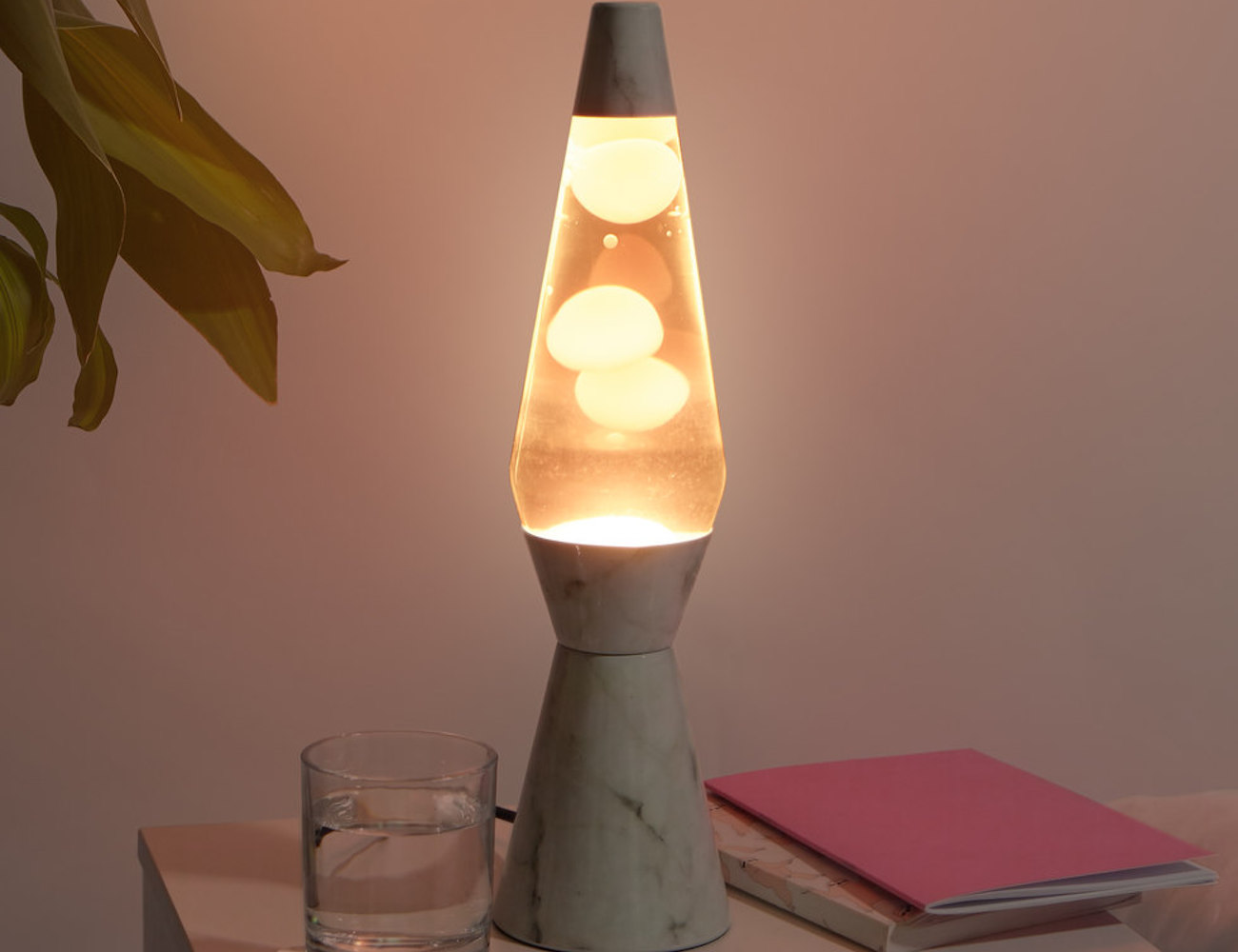
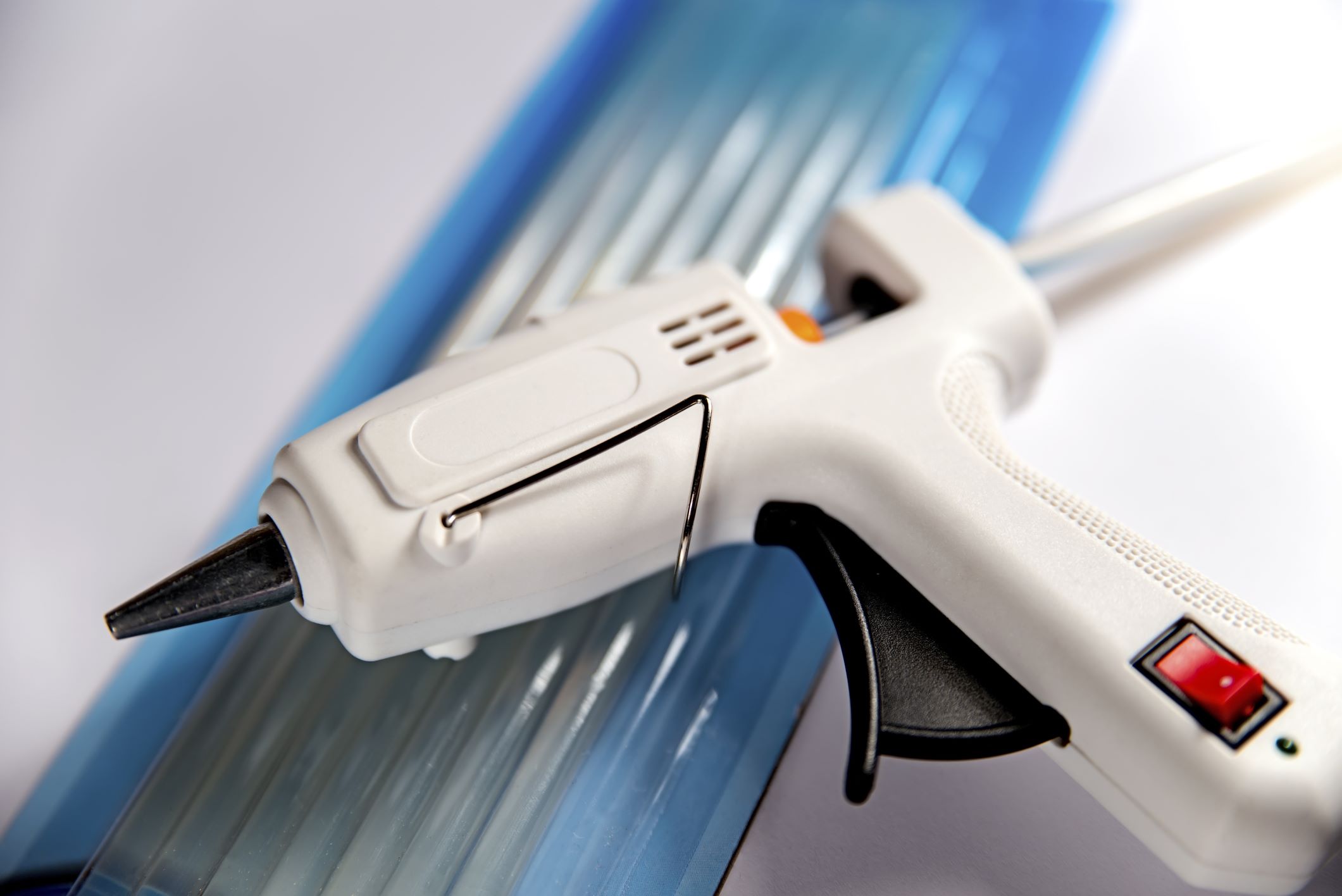
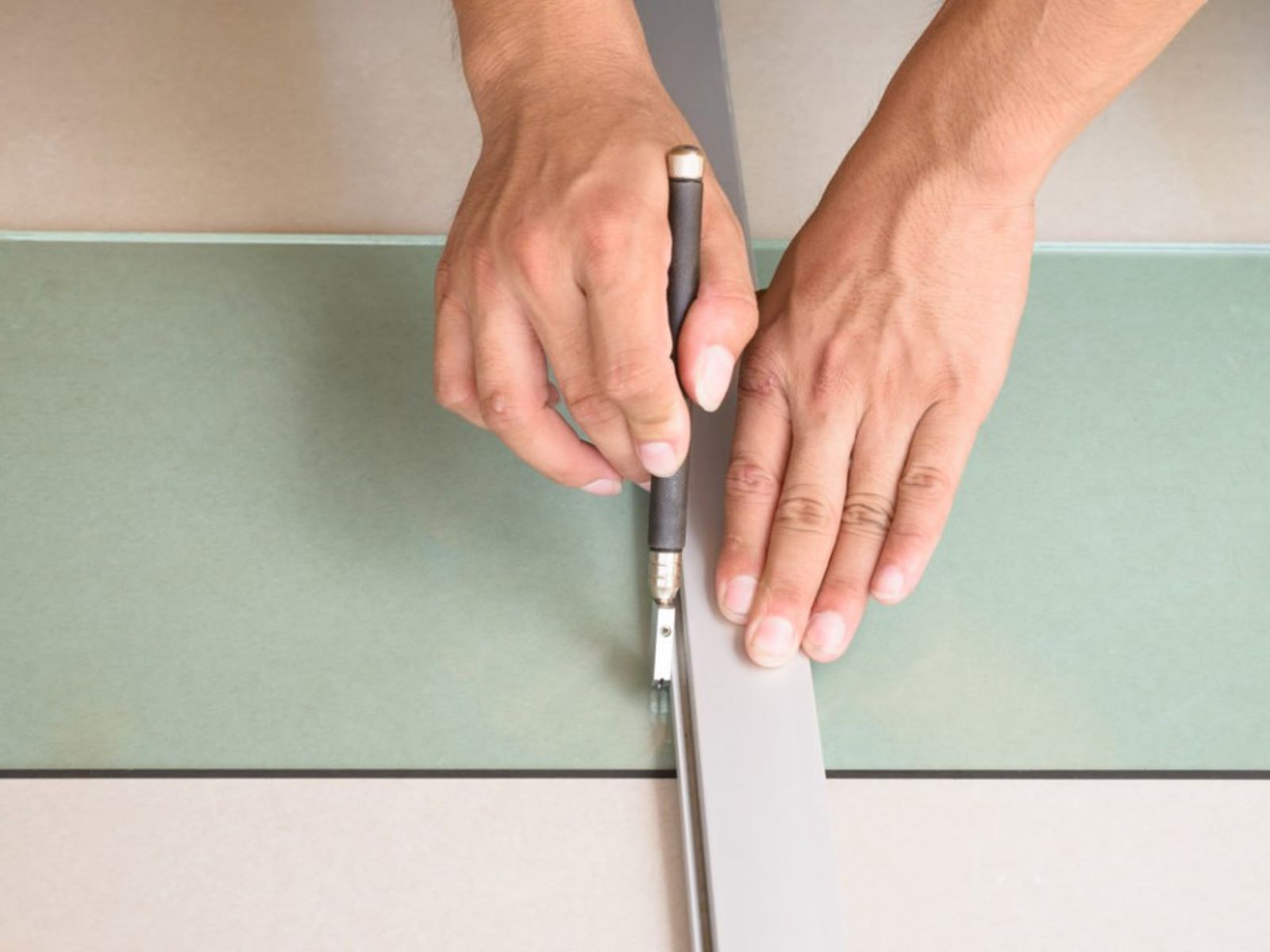

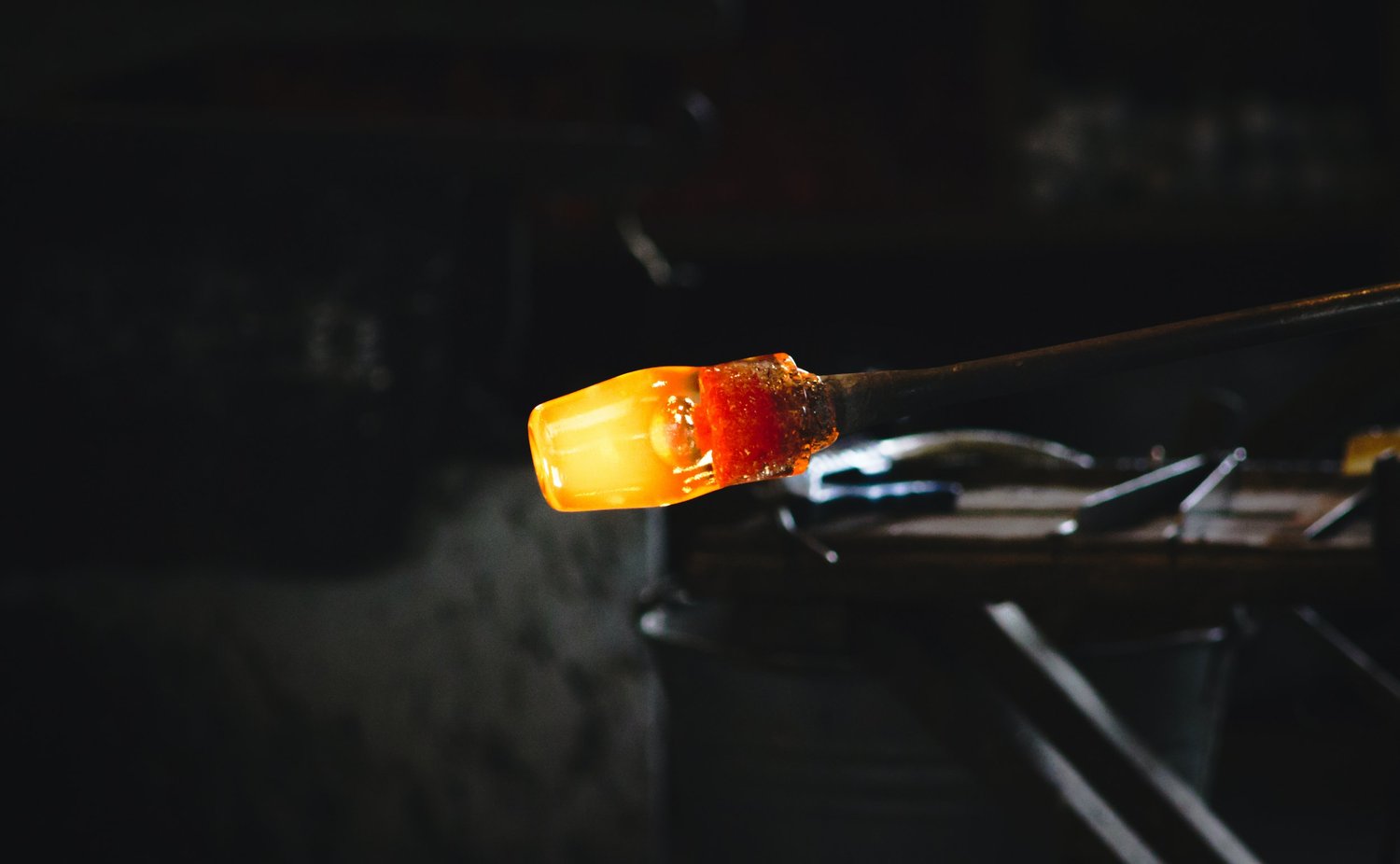


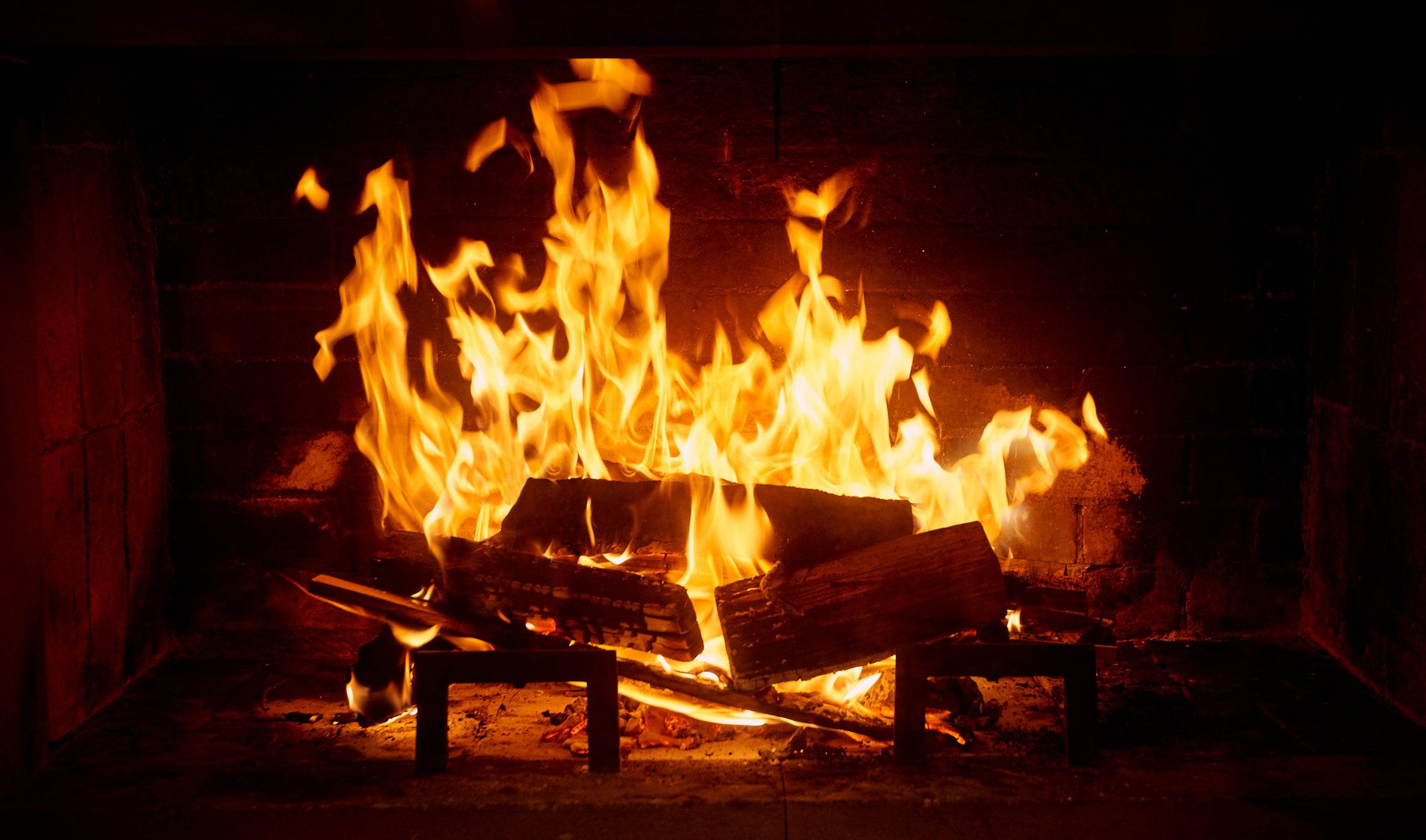
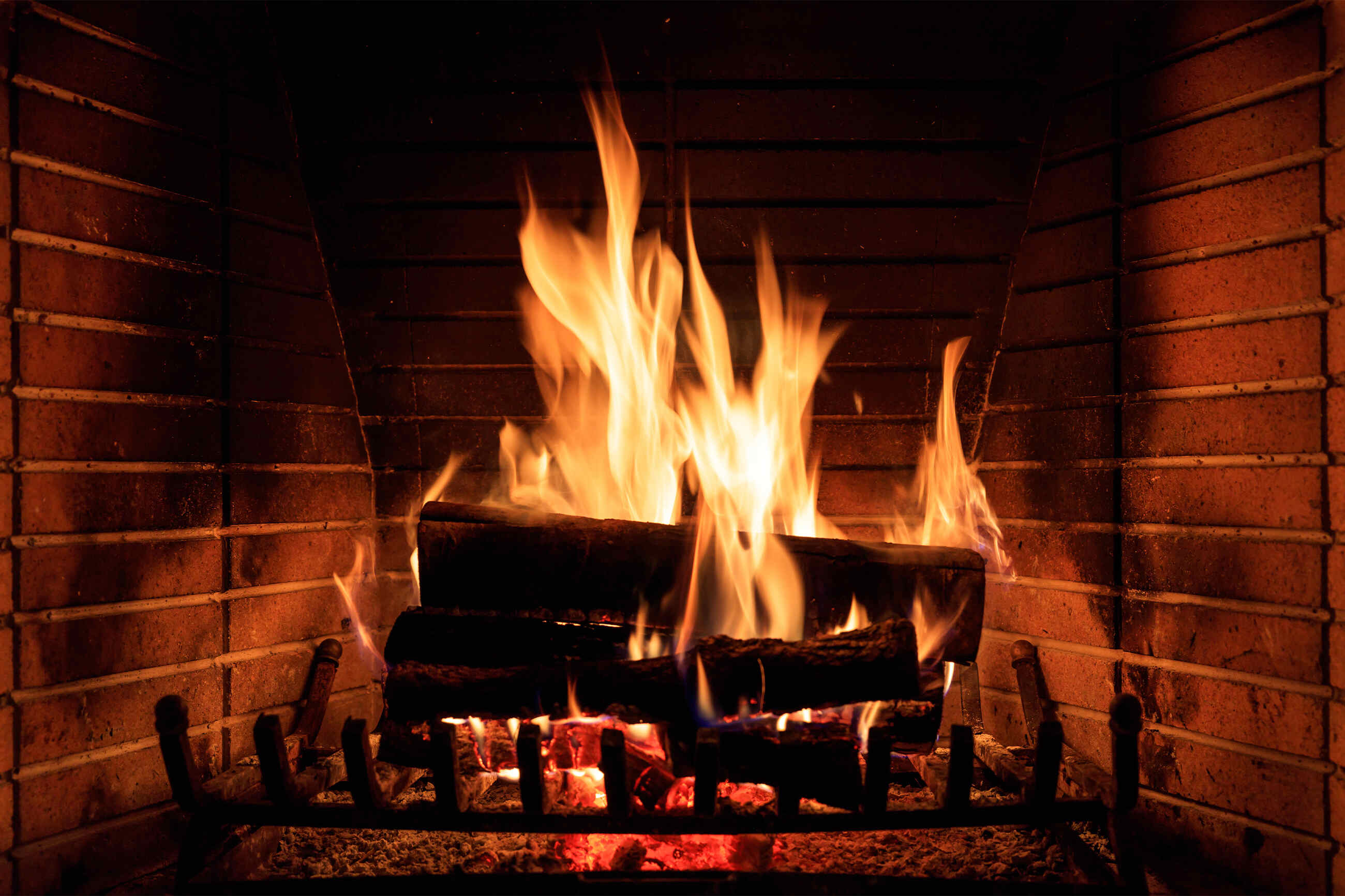
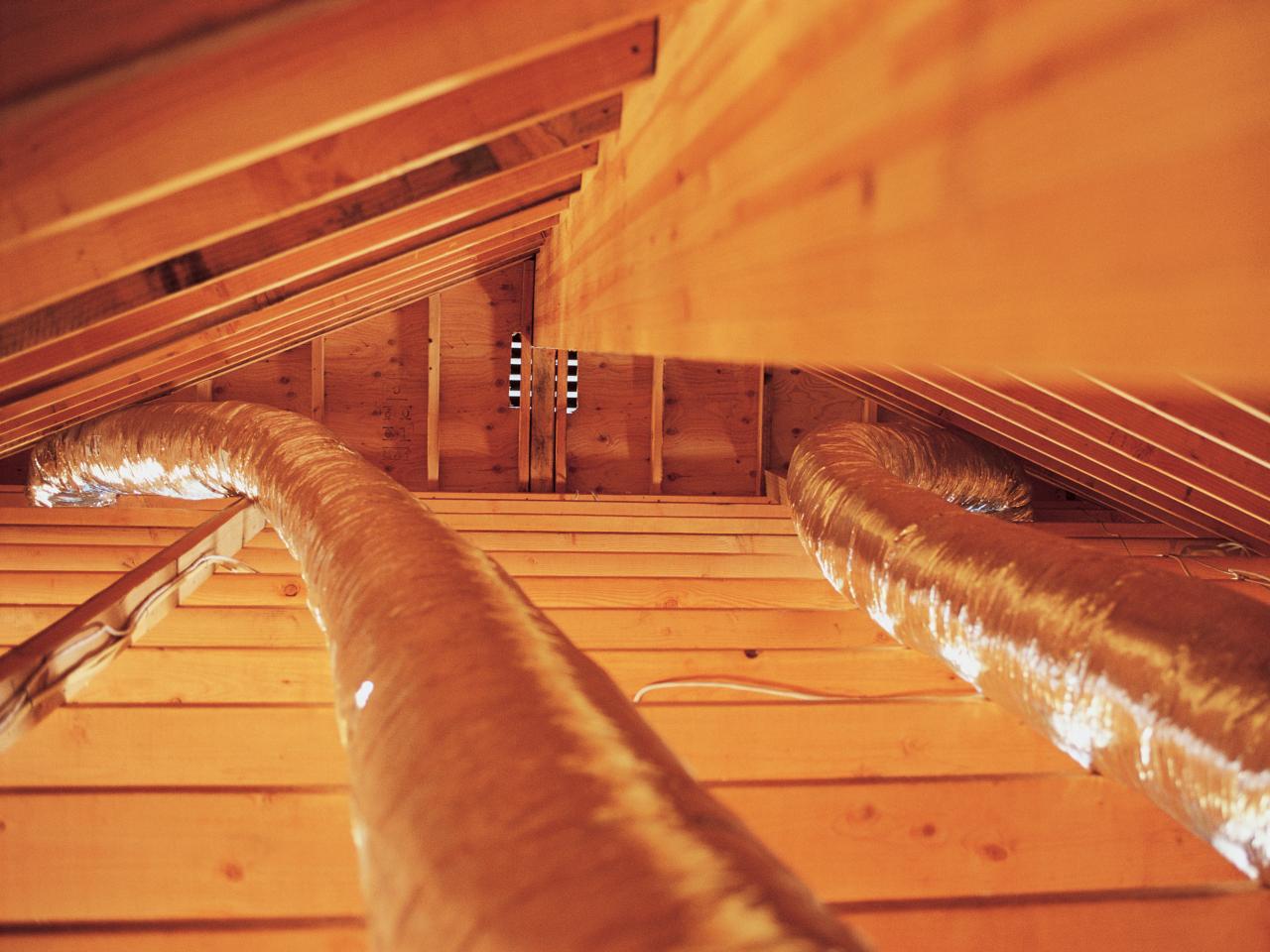
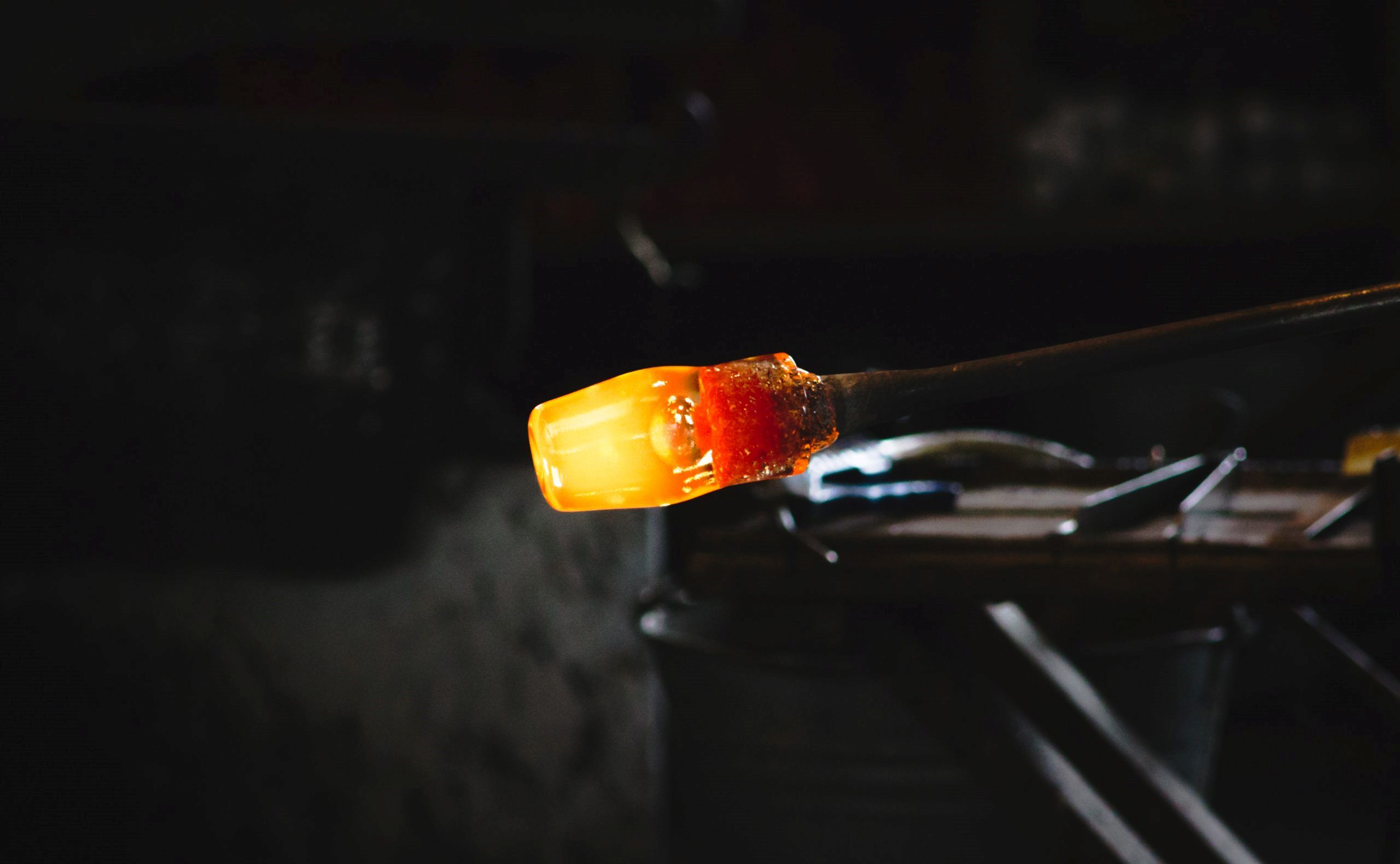

0 thoughts on “How Hot Can Glass Get”